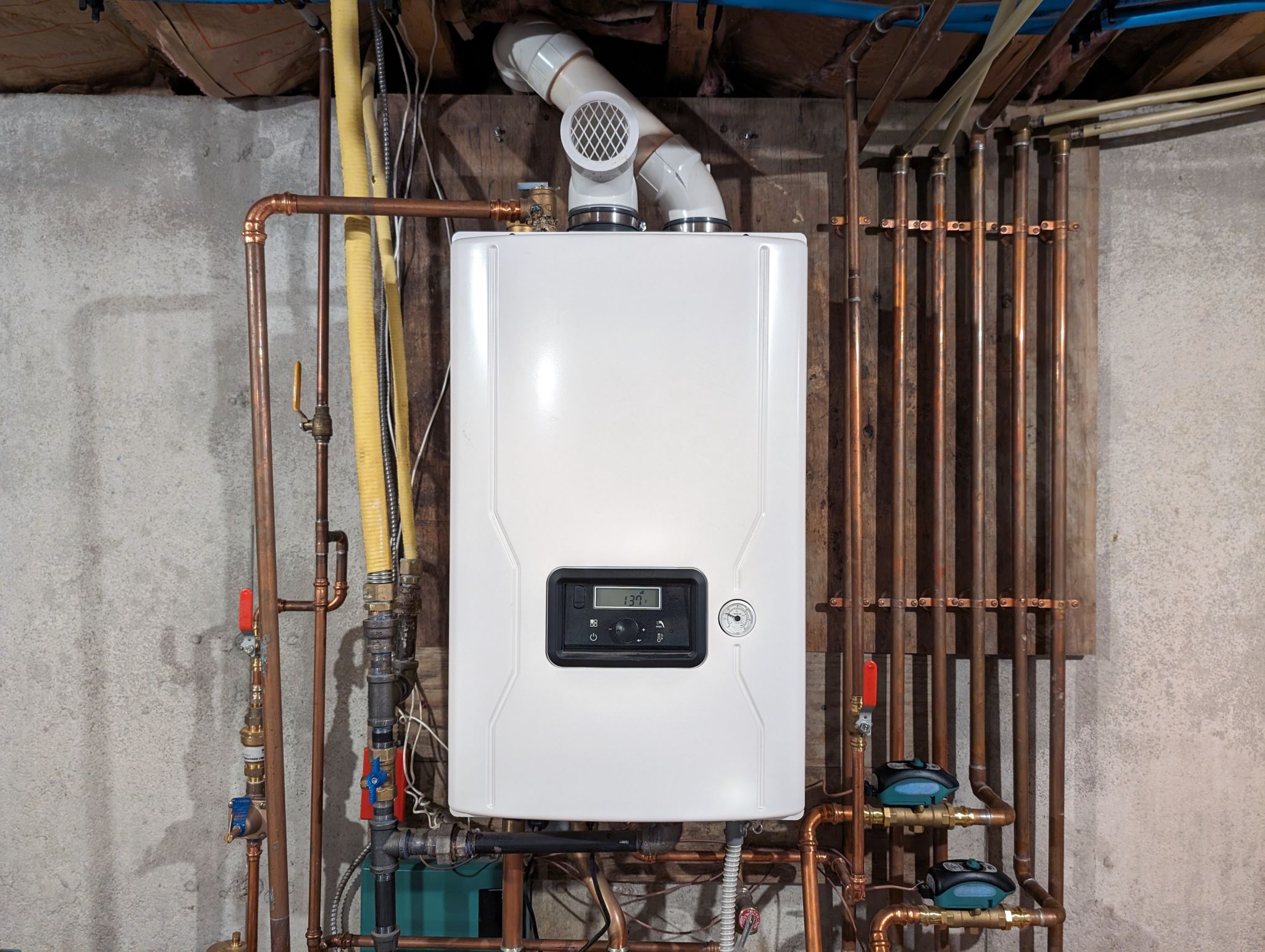How to Prepare Your Seattle Home's Plumbing for Winter
Why Winterizing Your Plumbing is Essential
As the colder months approach, it's crucial to prepare your Seattle home's plumbing for winter to avoid costly repairs and ensure everything runs smoothly. With temperatures frequently dropping below freezing, neglecting this important task can lead to frozen pipes, leaks, and other plumbing issues. By taking proactive measures, you can protect your home and enjoy peace of mind throughout the winter season.

Inspect and Insulate Exposed Pipes
One of the first steps in winterizing your plumbing is to inspect and insulate any exposed pipes. Pipes located in unheated areas like basements, attics, or garages are particularly vulnerable to freezing. Use foam pipe insulation or heat tape to cover these pipes and prevent them from bursting. If you're unsure about which materials to use, consult with a professional plumber for recommendations.
In addition to insulating pipes, consider sealing any cracks or gaps around doors and windows that could allow cold air to enter your home. This will not only help protect your plumbing but also improve your home's energy efficiency.
Drain Outdoor Faucets and Sprinkler Systems
Another important step in preparing your plumbing for winter is to drain outdoor faucets and sprinkler systems. Disconnect hoses and store them indoors to prevent them from freezing and causing damage. If your home is equipped with a shut-off valve for outdoor water supply, be sure to turn it off and drain the remaining water from the pipes.

For sprinkler systems, follow the manufacturer's instructions for winterizing. This often involves blowing out excess water using compressed air to prevent freezing and cracking within the system. If you're unsure how to do this, hiring a professional may be the best option.
Check Your Water Heater
Your water heater will be working overtime during the winter months, so it's important to ensure it's in good condition. Begin by flushing the tank to remove any sediment buildup that can reduce efficiency. Inspect the tank for any signs of rust or corrosion and consider having it serviced by a professional if needed.
Adjust the Thermostat
While inspecting your water heater, take a moment to adjust the thermostat to an optimal temperature. Setting it too high can result in energy waste, while too low may not provide sufficient hot water during colder days. A setting of around 120 degrees Fahrenheit is usually recommended for both efficiency and comfort.

Prevent Frozen Pipes
Frozen pipes are one of the most common winter plumbing problems, and they can lead to significant damage if not addressed promptly. To prevent this, keep your home heated at a consistent temperature, even when you're away. Consider opening cabinet doors under sinks to allow warm air to circulate around the pipes.
If you suspect a pipe has frozen, turn off the water supply immediately and call a professional plumber. Avoid using open flames or high heat sources to thaw pipes, as this can cause further damage or even start a fire.
Conclusion
Properly preparing your Seattle home's plumbing for winter can save you time, money, and hassle in the long run. By following these steps—insulating pipes, draining outdoor systems, checking your water heater, and preventing frozen pipes—you'll ensure your plumbing remains in excellent condition throughout the colder months.
If you're ever in doubt or need assistance with any of these tasks, don't hesitate to contact a local plumbing professional. Their expertise can provide additional peace of mind and help you enjoy a worry-free winter season.